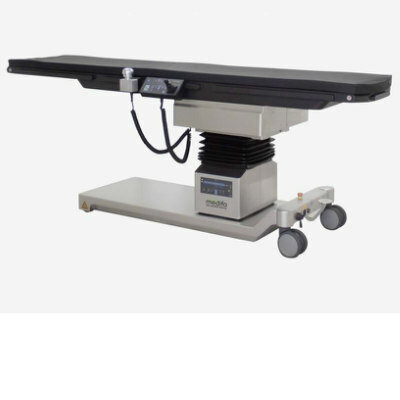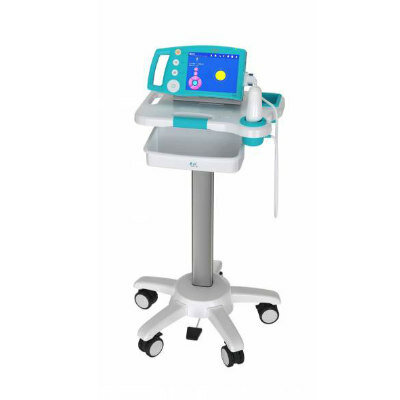Thermal Imaging Predicts Side Effect Severity in Head and Neck Cancer Patients
By MedImaging International staff writers
Posted on 09 Feb 2012
Slight temperature increases of the oral mucus membranes early in a head and neck cancer patient’s chemotherapy and radiation therapy (chemoradiotherapy) treatment is a predictor of severe mucositis later in treatment.Posted on 09 Feb 2012
These new findings were presented January 27, 2012, at the Multidisciplinary Head and Neck Cancer Symposium, sponsored by the American Head and Neck Society (AHNS), American Society of Clinical Oncology (ASCO), American Society for Radiation Oncology (ASTRO), and Society of Nuclear Medicine (SNM), held in Phoenix (AZ, USA).
Mucositis is a typical side effect of chemoradiotherapy for head and neck cancer that is painful and can be very severe. Physicians cannot predict which patients will have mild mucositis or severe mucositis that would require narcotic pain medication, nutritional support, and/or feeding tubes.
The investigators theorized that using sensitive thermal imaging technology to gauge temperature alterations of less than one-tenth of a degree early in treatment could predict the severity of mucositis later in treatment. This information could allow for early intervention and potential changes in therapy using a technology that is simple, harmless, and noninvasive.
Patients receiving chemoradiotherapy underwent baseline and weekly thermal imaging of their oral mucus membranes. All patients displayed an increase in temperature and severe mucositis was found in 53% of patients. “If we could predict which patients were going to suffer the greatest toxicity, we could proactively make changes to their care that could ameliorate or prevent side effects,” concluded Ezra Cohen, MD, lead author of the study and codirector of the head and neck cancer program at the University of Chicago (IL, USA).
“Ultimately, we could identify the patients at higher risk of severe complications from treatment.”
Related Links:
University of Chicago














